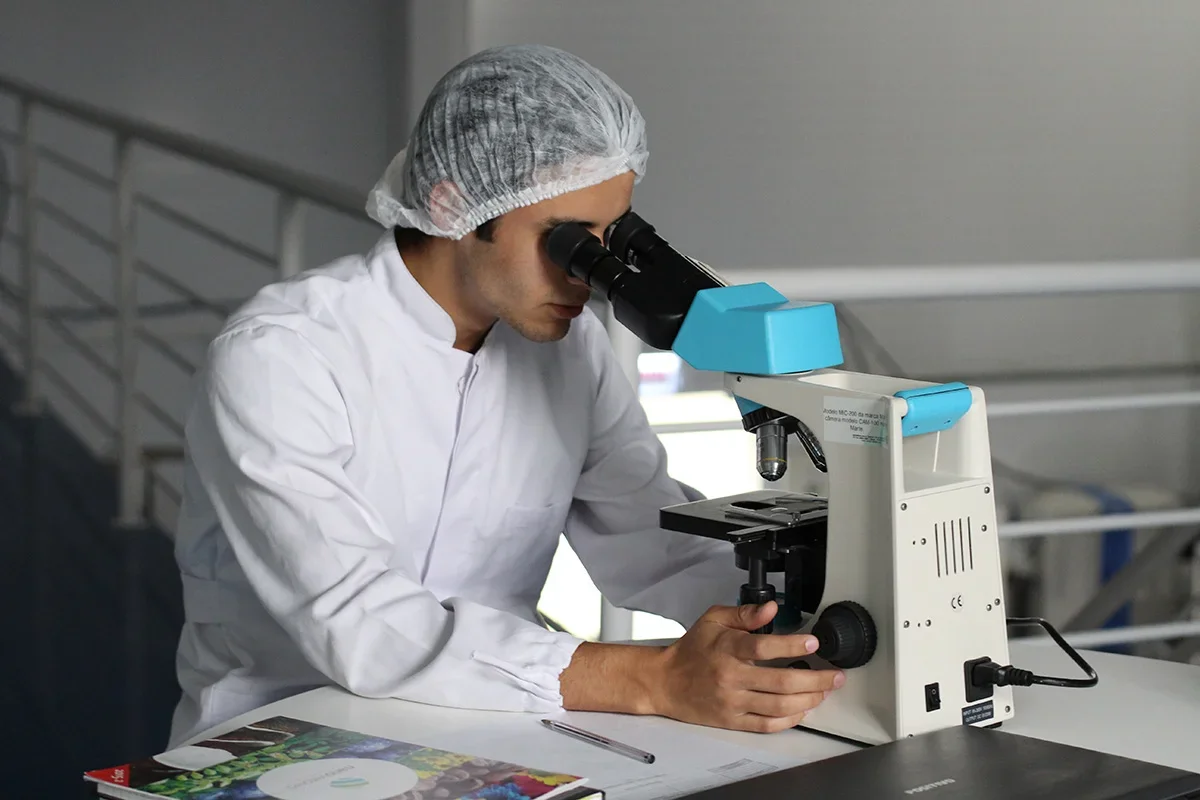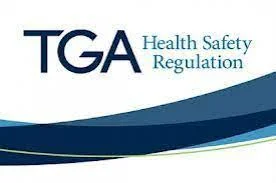What Is The Process For Australian TGA Certification Of Medical Devices
The Australian Therapeutic Goods Administration (TGA) is responsible for regulating medical devices in Australia. The TGA ensures that medical devices meet the necessary safety and quality standards before they can be marketed and sold in the country. If you are a manufacturer or distributor looking to obtain TGA certification for your medical device, it is essential to understand the process involved. In this article, we will explore the step-by-step process for Australian TGA certification of medical devices to help you navigate through the regulatory requirements successfully.
Step 1: Determine the Classification of Your Medical Device
The first step in the TGA certification process is to determine the classification of your medical device. The TGA classifies medical devices into four classes: Class I, Class IIa, Class IIb, and Class III. The classification is based on the risk associated with the device and determines the level of regulation required. Understanding the classification of your device is crucial as it will determine the level of documentation and evidence required for certification.

Step 2: Prepare Technical Documentation
Once you have determined the classification of your medical device, the next step is to prepare technical documentation. This documentation should provide detailed information about the design, manufacturing process, intended use, and performance of the device. The TGA requires comprehensive technical documentation to assess the safety, quality, and efficacy of the device. It is essential to ensure that the documentation is complete, accurate, and meets the TGA's requirements.
Step 3: Submit an Application for TGA Certification
After preparing the technical documentation, you can submit an application for TGA certification. The application should include all the necessary information and supporting documents required by the TGA. It is crucial to ensure that the application is complete and addresses all relevant aspects of the device, including its intended use, clinical evidence, and compliance with relevant standards and regulations.
Step 4: TGA Evaluation and Review
Once the application is submitted, the TGA will evaluate and review the technical documentation and supporting evidence. This evaluation process may involve a thorough examination of the device's design, manufacturing process, labeling, clinical data, and compliance with Australian regulations and standards. The TGA may request additional information or clarification during this stage. It is important to respond promptly and provide any requested information to avoid delays in the certification process.
Step 5: TGA Approval and Certification
If the TGA is satisfied with the evaluation and review of the technical documentation, they will grant approval and issue a certificate for your medical device. The TGA certification indicates that your device meets the necessary safety and quality standards and can be marketed and sold in Australia. It is important to note that TGA certification is valid for a specified period and may require renewal or ongoing compliance monitoring.
Step 6: Post-Market Obligations
After obtaining TGA certification, it is important to fulfill post-market obligations to ensure ongoing compliance with regulatory requirements. This includes monitoring the device's performance, reporting adverse events or incidents, maintaining adequate records, and complying with any additional post-market surveillance requirements specified by the TGA. It is crucial to stay updated with any changes in regulations or requirements to ensure continued compliance.

Conclusion
Obtaining TGA certification for medical devices in Australia is a vital step in ensuring the safety and quality of these devices. The process involves determining the device's classification, preparing comprehensive technical documentation, submitting an application, undergoing TGA evaluation and review, and finally obtaining TGA approval and certification. It is essential to understand and comply with the TGA's requirements throughout the process to navigate the regulatory landscape successfully. By following the step-by-step process outlined above, manufacturers and distributors can obtain TGA certification for their medical devices and bring them to the Australian market with confidence.
Kingsmead was founded in 2012 and provides authorized representatives and consulting services for medical devices. Kingsmead team is composed of multiple medical device experts, proficient in the requirements of medical device regulations and medical device regulations.
If you need help with the TGA certification process for your medical device,welcome to contact Kingsmead.We will provide you with professional help to ensure you receive specific guidance suitable for your device and circumstances.
Email:[email protected]



